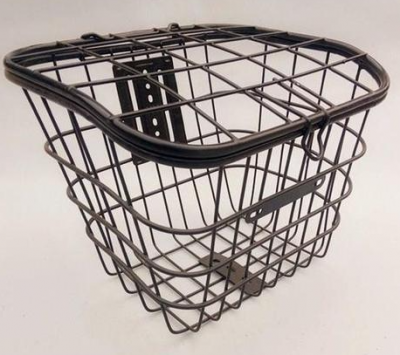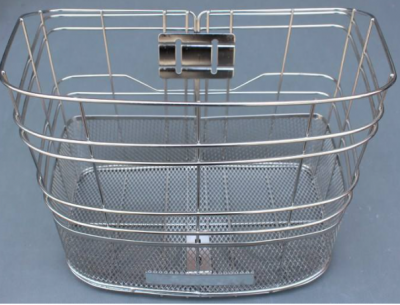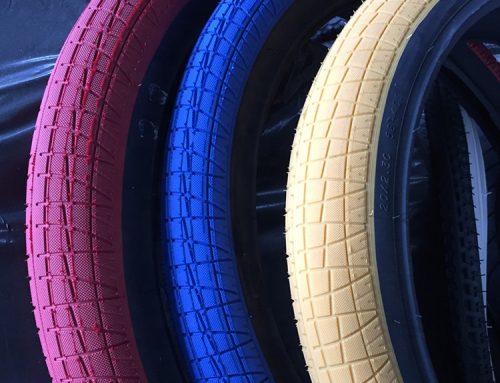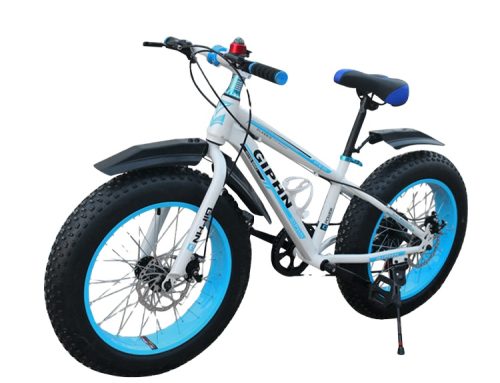Myth 1: The More Padding, the Better: Reality: While some padding is necessary for comfort, too much padding can actually lead to discomfort and chafing. Excess padding can create pressure points and cause friction, especially during longer rides. The key is to find a balance between cushioning and support.
Myth 2: Wider Saddles Are Always More Comfortable: Reality: The width of the saddle should match your sit bone measurements. A saddle that’s too wide can lead to chafing on your inner thighs, while one that’s too narrow can cause discomfort and pressure on your sit bones. Proper width is more important than extreme width.
Myth 3: Gel Seats Are the Most Comfortable: Reality: Gel padding can be comfortable initially, but over time, it can compress and lose its shock-absorbing properties. Additionally, gel can sometimes lead to pressure points and discomfort during longer rides. The best saddle is one that provides proper support and distributes your weight evenly.
Myth 4: Soft Saddles Are Better for Comfort: Reality: A saddle that is too soft might feel comfortable at first, but it can lead to your sit bones sinking into the padding, causing discomfort and pressure on soft tissues. Proper support is more important than excessive softness.
Myth 5: Cutouts and Channels Are Necessary for Everyone: Reality: While cutouts and channels can help relieve pressure on sensitive areas for some riders, they might not be necessary or comfortable for everyone. The effectiveness of these features varies depending on individual anatomy and riding style.
Myth 6: A Bike Seat Should Feel Comfortable Immediately: Reality: Some saddles, especially leather ones, require a break-in period. Just like a new pair of shoes, it might take some time for the saddle to adapt to your body shape. Give it a chance before deciding it’s uncomfortable.
Myth 7: Expensive Saddles Are Always Better: Reality: The price of a saddle doesn’t necessarily determine its comfort. A higher price tag might indicate premium materials or features, but comfort is highly individual. A well-fitted mid-range saddle can be just as comfortable as an expensive one.
Myth 8: Gel Covers Can Improve Any Saddle: Reality: Adding a gel cover to an unsuitable saddle might not necessarily enhance comfort. It can alter the saddle’s shape and support, potentially leading to discomfort. It’s better to invest in a saddle that’s a good fit from the start.
Myth 9: Everyone Should Use the Same Saddle: Reality: Saddle comfort is highly individual and depends on factors such as anatomy, riding style, and personal preferences. What works for one person might not work for another. It’s important to find a saddle that suits your unique needs.
Myth 10: You Can’t Improve Saddle Comfort: Reality: Saddle comfort can often be improved through proper bike fit, saddle selection, adjustments, and riding posture. Don’t settle for discomfort—seek professional advice and explore different options to enhance your riding experience.
It’s important to approach bike seat comfort with an open mind and a willingness to experiment. What works for one person might not work for another, so don’t hesitate to try different saddles and techniques to find what suits you best. If you’re struggling with comfort, seeking advice from experienced riders or professionals at a local bike shop can be very helpful.





